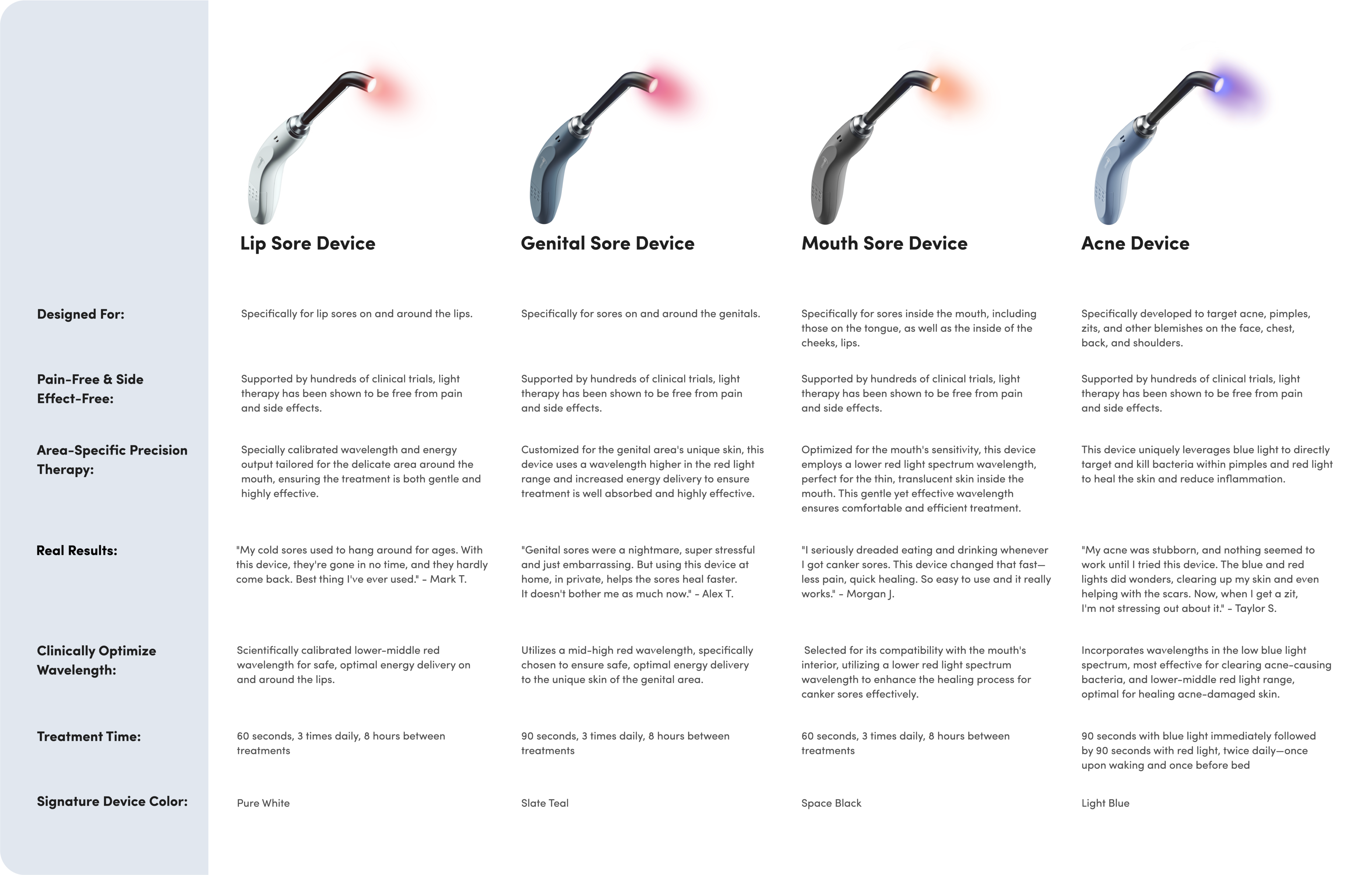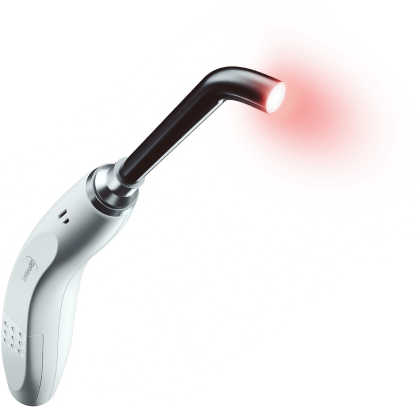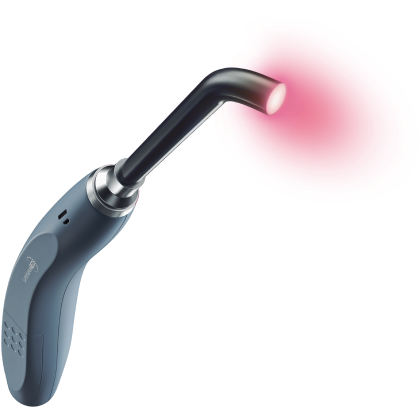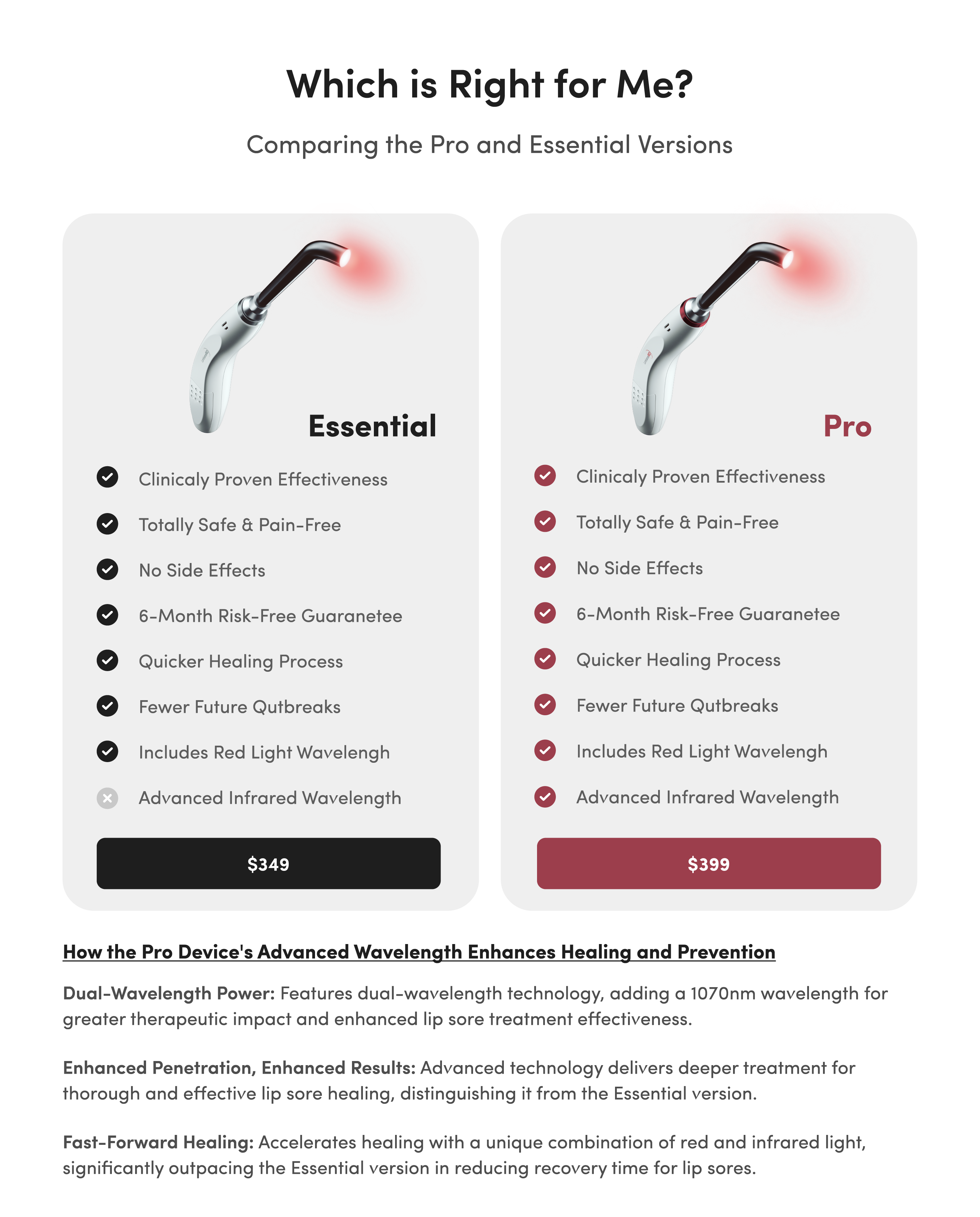How Is Herpes Transmitted? Everything You Need To Know

According to an old proverb, "forewarned is forearmed."
Unfortunately, many people aren't granted a warning before they acquire a herpes virus. Sometimes they're infected as children, not realizing it until they develop cold sores later in life. Or sometimes people get the virus from someone else who doesn't even know they're infected.
Despite that, you can take certain steps to protect yourself if you don't have a herpes virus, or you can reduce your risk of transmitting herpes to others if you already have it.
There is currently no known cure for herpes. Once you know you've contracted a herpes virus, you'll want to take precautions indefinitely.
So how is herpes transmitted? Knowing all the ways herpes viruses can be transmitted will help you keep both yourself and others safe.
We're here to forewarn and forearm you with everything you need to know about what herpes is, how it's transmitted, and how to avoid contracting it or passing it on to others.
What Is Herpes?
Herpes is a very common and extremely contagious family of viruses with several strains that can infect humans. Two of these strains are herpes simplex virus, type 1 (HSV-1) and herpes simplex virus, type 2 (HSV-2).
Although HSV-1 and HSV-2 are similar viruses in many ways, there are a few important differences to note.
Differences Between HSV-1 and HSV-2
The main difference between HSV-1 and HSV-2 is found in the body parts they most often affect. Their prevalence rates differ somewhat as well.
HSV-1 most often causes oral herpes (cold sores), though it can cause genital herpes as well. Cold sores are small, fluid-filled blisters around the lips and mouth. In an oral herpes infection, the herpes virus causes an outbreak and then retreats to a dormant state in the nerves near the mouth. Various triggers can then reawaken the virus to cause additional cold sore outbreaks.
HSV-2, on the other hand, usually causes genital herpes, which is classified as a sexually transmitted infection. Symptoms of genital herpes include pain, itching, stinging and sores in the genital area, buttocks or upper thighs. In genital herpes, similar to oral herpes, the virus lies dormant in nerve cells after the initial infection, this time in the area near the genitals. Triggers can later prompt the virus to re-emerge and cause further outbreaks.
The World Health Organization (WHO) estimates that two-thirds of the global population under age 50 are infected with HSV-1. According to the Centers for Disease Control (CDC), on the other hand, HSV-2 affects about 12% of Americans between the ages of 14 and 49.
How Is Herpes Transmitted?
Both types of herpes are usually transmitted through direct contact with an infected person. The details of this contact differ slightly, though, between HSV-1 and HSV-2.
Transmission of HSV-1
HSV-1 can spread through kissing, sharing lip care products like lipsticks, or touching someone else's mucous membranes (mouth, eyes or genitals) after touching your own cold sore (and vice versa). That's one reason it's vital to wash your hands after touching your cold sore.
Cold sores are contagious from the time you first feel that telltale burn or tingle on your lip. The sores remain contagious for their entire duration, though transmission is easiest when they burst and release their fluid.
Transmission of HSV-2
HSV-2 primarily spreads through sexual contact. Although genital-to-genital contact poses the greatest risk of transmission, it's important to know that it's also possible to pass herpes on during touching or oral sex. The risk of transmission is greatest during an active outbreak of herpes, though it can happen at any time.

How To Minimize Your Risk of Transmitting Herpes
There are a few steps you can take to lower your risk of contracting the herpes virus or transmitting herpes to those around you.
Avoid Sex During a Herpes Outbreak
The most important way to avoid contracting or transmitting herpes is to avoid intimate contact during an active outbreak. This includes oral sex as well as vaginal or anal sex and is true regardless of which strain of the virus you have.
While herpes can still spread even without the presence of symptoms, it's much more contagious during an outbreak.
Take Precautions To Make Sex Safer
Using a condom or dental dam during vaginal, anal or oral sex can also lower the chance of herpes transmission, though it can't eliminate the risk entirely.
Taking an antiviral medication can greatly reduce both the number of genital herpes outbreaks and asymptomatic shedding. This makes herpes transmission much less likely.
If you're in a long-term, monogamous relationship, it's important to talk with your partner about a herpes infection and how to create the safest environment possible. You can also talk with a health care provider about safe sex practices when one partner has a herpes infection.
Avoid Sharing Drinks or Straws
Common surfaces usually don't contribute to the spread of herpes because the herpes virus can't live long once exposed to air.
HSV-1, however, can spread through saliva. So it's generally a good idea to avoid sharing drinks, straws, silverware or any kind of lip care product with anyone during an oral herpes outbreak.
Don't Kiss With a Cold Sore
The best way to avoid transmitting oral herpes is to avoid kissing during an active cold sore outbreak.
But what if you didn't realize you were getting a cold sore? Or maybe you just got caught up in the passion of the moment.
Or, maybe you've never had a cold sore, and the other party lets you know they had an outbreak around the time you kissed.
If you accidentally kiss someone when one of you has a cold sore, the best first step is for the uninfected person to thoroughly wash their lips with soap and water. While this may not prevent an infection, it certainly won't hurt.
Next, that person should monitor themselves for unusual tingling or burning around their lips. If they are immunocompromised, they should contact their physician to help determine what to do next.
Avoid Triggering Herpes Outbreaks
If you have oral or genital herpes, avoiding an outbreak in the first place is one of the best ways to reduce your risk of transmitting herpes to another person.
Cold sores have many well-known triggers. If you suffer from cold sores, try to avoid any foods that commonly cause outbreaks. Also protect your skin during prolonged exposure to harsh wind and sunlight. Be careful not bite your lip when you chew your food.
If you have genital herpes, refrain from sexual activity if your genitals begin to feel irritated or raw. Make sure that your clothing isn't too tight, since tight clothing can trigger an outbreak. Women may also want to use menstrual products without harsh dyes and perfumes to avoid irritating the genital area and triggering an outbreak.
Managing your daily stress level is an important part of avoiding a herpes outbreak regardless of whether you have HSV-1 or HSV-2.
Try to restrict your alcohol and sugar intake to moderate levels. Nourish your body with plenty of fruits, vegetables, lean protein and water. Be aware that outbreaks are a possibility when your immune system is fighting off other types of infections.
Using phototherapy, like that used in the Luminance RED Mouth Sore Treatment Device and the Luminance RED Genital Sore Treatment Device, at the first sign of an outbreak can also decrease the pain, healing time and frequency of outbreaks.
While you may not be able to completely eliminate the risk of herpes transmission, there are many measures you can take to keep yourself and those around you as safe as possible!















